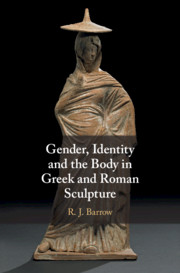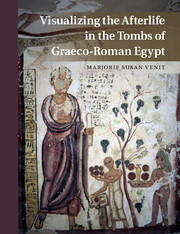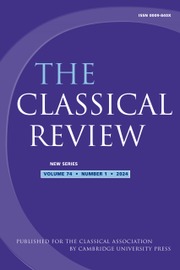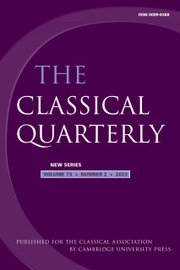Gender and Body Language in Roman Art
Can we reconstruct Roman body language? Was it the same as ours? Does body language express and reinforce gender differences and the relative positions of men and women (dominant/subordinate) in society? Can analysis of the postures and gestures of Roman statues add to our understanding of gender in the Roman world? In this book, Glenys Davies explores these questions. Using studies on body language in modern Western societies, Roman literary sources, as well as her own analysis of statues of Roman men and women in an array of guises - nude, draped, standing, seated and represented together - she offers a nuanced and complex picture of gender relations. Her study shows that gender relations in the notoriously patriarchal society of Ancient Rome were not so different from what we experience today. Her book will be of interest to scholars of the classical world, gender history, art history, and body language in its social context.
- Considers the postures and poses of statues of Roman men and women in the light of the study of body language (or nonverbal communication) in modern Western societies
- Uses a wide range of literary sources to reconstruct what was considered desirable body language for Roman men, and the attitudes of Roman men towards the behaviour of Roman women
- Enriches and deepens the understanding of Roman society, especially social hierarchies and gender relations therein
Product details
May 2018Hardback
9780521842730
368 pages
262 × 183 × 22 mm
0.96kg
88 b/w illus.
Available
Table of Contents
- 1. Introduction
- 2. Body language and gender in the Roman world, I: men
- 3. Body language and gender in the Roman world, II: women
- 4. The standing nude
- 5. Clothed standing figures of men
- 6. Draped statues of women
- 7. Seated statues
- 8. Men and women together
- 9. Conclusion.









